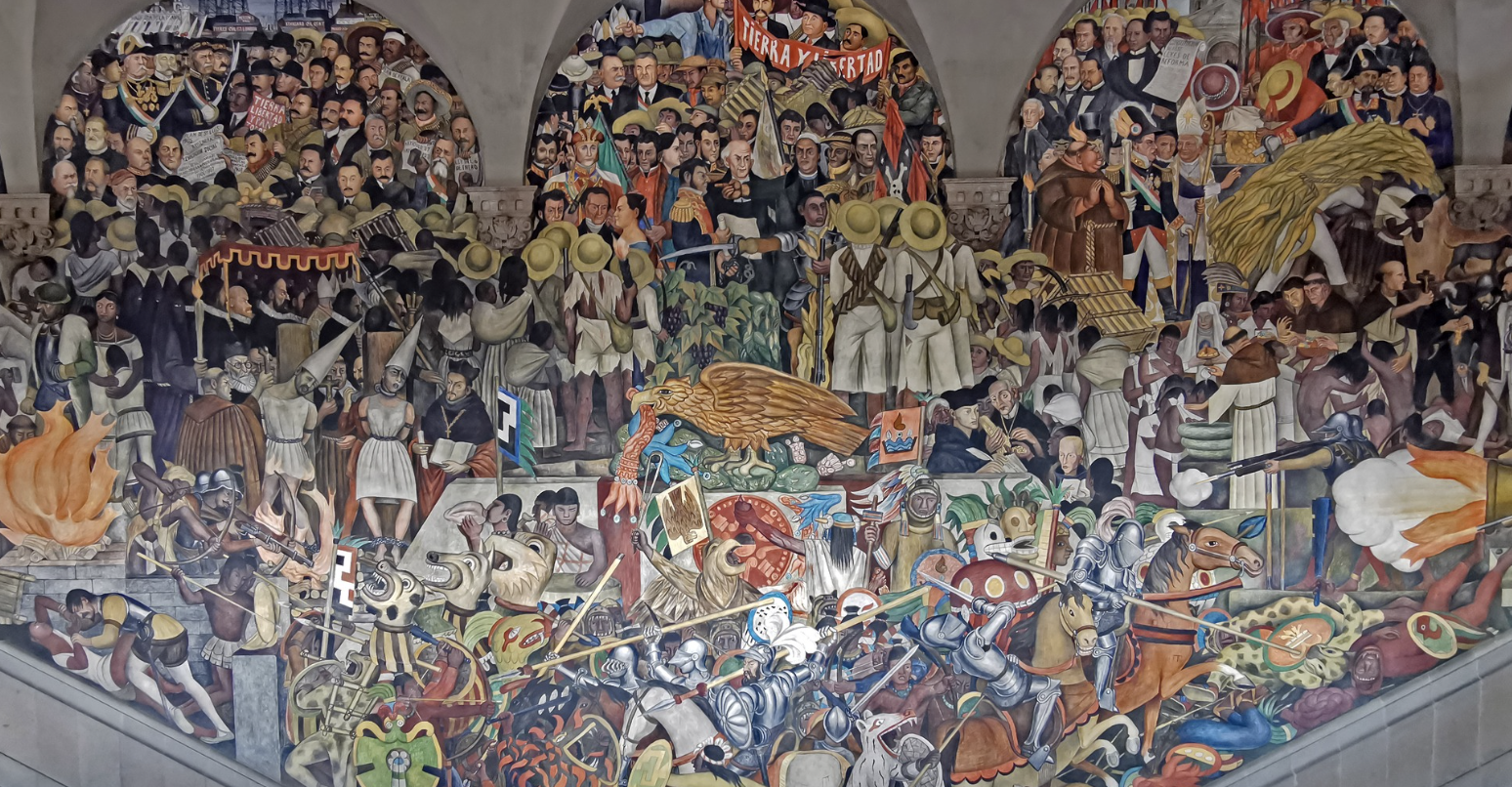Daniel Loedel’s debut novel, Hades, Argentina centers on the human cost of Argentina’s 1976-1983 military dictatorship. In a country blighted by military regimes, this one—locally known as la última or “the last”—was by far the most brutal and another shameful footnote in Latin American Cold War history. Weaving history and humanity, Loedel crafts a powerful and compelling narrative of a seemingly dystopian world that, unfortunately, was all too real.
Loedel’s novel follows Tomás, who, in 1976, was a young medical student and recent Buenos Aires transplant. Ten years later, Tomás is a mentally-scarred and emotionally numb immigrant living in New York City. Unbeknownst to him, otherworldly forces from the novel’s titular Hades bring Tomás back to Argentina under the guise of visiting an old family friend who is dying. From there we accompany him on a harrowing journey through his past, including the choices and circumstances that forced him to flee Argentina in the first place. Tomás returns to the Buenos Aires of 1986, yet spends most of his trip in Hades—a timeless purgatory inhabited by the spirits of his past—along with his memories and glimpses of what could have been: life’s endless possibilities denied by the finality of death. Tomás’s journey through Hades is ultimately one of redemption; he’s seeking atonement for being unable to save his childhood friend Isabel from dying at the hands of the country’s military dictatorship.
One of the novel’s greatest strengths is Loedel’s treatment of time and memory, which speaks to the reality of post-dictatorship Argentina. General Jorge Rafael Videla, the first president of the dictatorship’s ruling junta, once said of the thousands of Argentines that went missing after the military took power: “[They] are neither dead nor alive–[they are] disappeared.” Here, too, in Hades, we find ourselves doubting whether Tomás is among the living or the dead, or in the limbo of his memories; we even find ourselves doubting the veracity of the memories themselves. The point of entry into Loedel’s Argentine Hades is Recoleta Cemetery, a prime spot for the living and the dead to intermingle, along with Tomás’s memories of his past—both those he cherishes and those he wishes to forget or, perhaps, remember differently. The category of desaparecido (“disappeared”) was weaponized by Argentina’s last dictatorship to deliberately blur the nation’s collective memory, to alter reality, so that those targeted by the military never existed to begin with. When inquiring about their loved one’s whereabouts, relatives of the disappeared often received a similar response: “No such person exists.” It is also in Recoleta Cemetery where Tomás himself “disappears” in 1976 by receiving false identity documents that allow his seamless passage out of Argentina, first to Rome and later to New York City. But unlike the rest of the desaparecidos, Tomás is able to reappear alive.
Loedel has created a cast of mostly fictional characters with the occasional incorporation of real-life figures, most notably Aníbal Gordon, an infamous Argentine military intelligence agent and Tomás’s boss at Automotores Orletti—the real-life secret detention center for disappeared prisoners where Tomás works as a Montonero mole. Fact and fiction remain intertwined in the character of Rodrigo Astral, the so-called Blonde Angel of Death, that works with Tomás at Automotores. The real Blonde Angel of Death was Alfredo Astiz, one of the Argentine dictatorship’s most emblematic and notorious representatives, who was best known for infiltrating the human rights group Mothers of Plaza de Mayo and “disappearing” some of its founders. Loedel’s inclusion of both real and fictionalized versions of real people helps ground his ghost story in a particular moment and place in history, along with providing a subtle nod to readers familiar with Argentina’s tumultuous recent history.
While in this Argentine underworld, Tomás encounters numerous ghosts, including Isabel and Colonel Felipe Gorlero. Isabel is a young, rebellious Montonera[1] and Tomás’s first and only true love, while the Colonel is a military man who acts as a mentor and a benefactor to Tomás—both in life and in Hades. At first glance, Isabel and the Colonel may seem like simply drawn representations of their respective groups–the idealistic, young activist and the strict, authoritarian soldier–but Loedel’s writing transcends these tired stereotypes. Isabel is the source of Tomás’s ultimate undoing, the one who first asks him to exploit his relationship with the Colonel to engage in life-threatening work for the Montoneros. And Tomás, blinded by his love for her, agrees. The Colonel, meanwhile, is a surprisingly erudite, free-thinking man who, nevertheless, remains complicit in the carnage because he believes in the Armed Forces’ stated mission to “reorganize” the country.[2] Tomás is both a victim and a victimizer, finding himself in the position of witnessing horrific acts yet unable to stop them. Tomás wrestles with the same questions anyone living under a violent authoritarian regime would ask: do we stand up for what we know is right at the risk of losing everything, including our lives? Or does silence equal “health,” as the generals in Argentina used to say?[3]
Another notable achievement of Hades is the way it relates Argentina’s complex and often confusing recent history in an accessible way to a primarily North American audience. On Peronism, the enigmatic movement that has dominated Argentine politics for over seventy years, Loedel writes, “Peronism is like poetry—it can’t be explained, only recognized.” Many English-language novels set in Argentina ignore the complexities and contradictions of Peronism and their impact on Argentine political life—either out of ignorance or a lack of will to tackle it in fiction. Loedel, instead, embraces and seamlessly incorporates them into the novel’s rich historical and cultural background. The inclusion of Peronism is not only important in terms of accuracy and authenticity, but also in terms of memory and the way that we—as readers, as writers, as engaged citizens—remember the past. Many of the disappeared—including Loedel’s own half-sister, to whom he credits his inspiration for the novel—were left-wing Peronist activists A specific past is more likely to be remembered than a generic one, and remembering the dead and disappeared more specifically honors their memory in a way that broad brush-strokes cannot.
Many have pejoratively remarked that the United States in the era of Trump has become more like Latin America–more unstable, more violently divided. However, as Loedel reminds us, the United States helped exacerbate many of the issues North Americans attribute to the region in the name of anti-Communism. From providing weapons and money to these brutal Cold War military regimes to training their leaders at the School of the Americas in Panama,[4] the United States has long exported the chaos, hatred, and division that has now taken root at home. Even during these politically volatile times, the United States remains thankfully far from the Argentina that Loedel depicts and the one that actually existed in the 1970s. Nevertheless, the novel can and should serve as a warning for its North American readers, and an opportunity to learn more about a dark period of world history that little is known about in the United States. Hades, Argentina may be inhabited by ghosts, but it is more like the real world than it seems; it’s a place where the ghosts are human-like in their moral complexity and a place where we, along with Tomás, must come to terms with our complicity.









